Human-wildlife conflict: terms & definitions
Human-wildlife conflict: terms & definitions
Human-wildlife conflict is an issue affecting human communities and animal populations around the world. As people and wild animals increasingly compete for finite resources—like space, water, and food—human-wildlife conflict has emerged as a significant global threat to conservation and sustainable livelihoods.
It’s defined as interactions between humans and wild animals that lead to negative outcomes, which are detrimental to both humans’ and animals’ safety and well-being. The impacts of human-wildlife conflict are felt not just by communities that suffer from loss of livelihoods or human lives, and the animals who experience degraded habitats, but also by the global community, which indirectly feels its effects via the global supply chain.
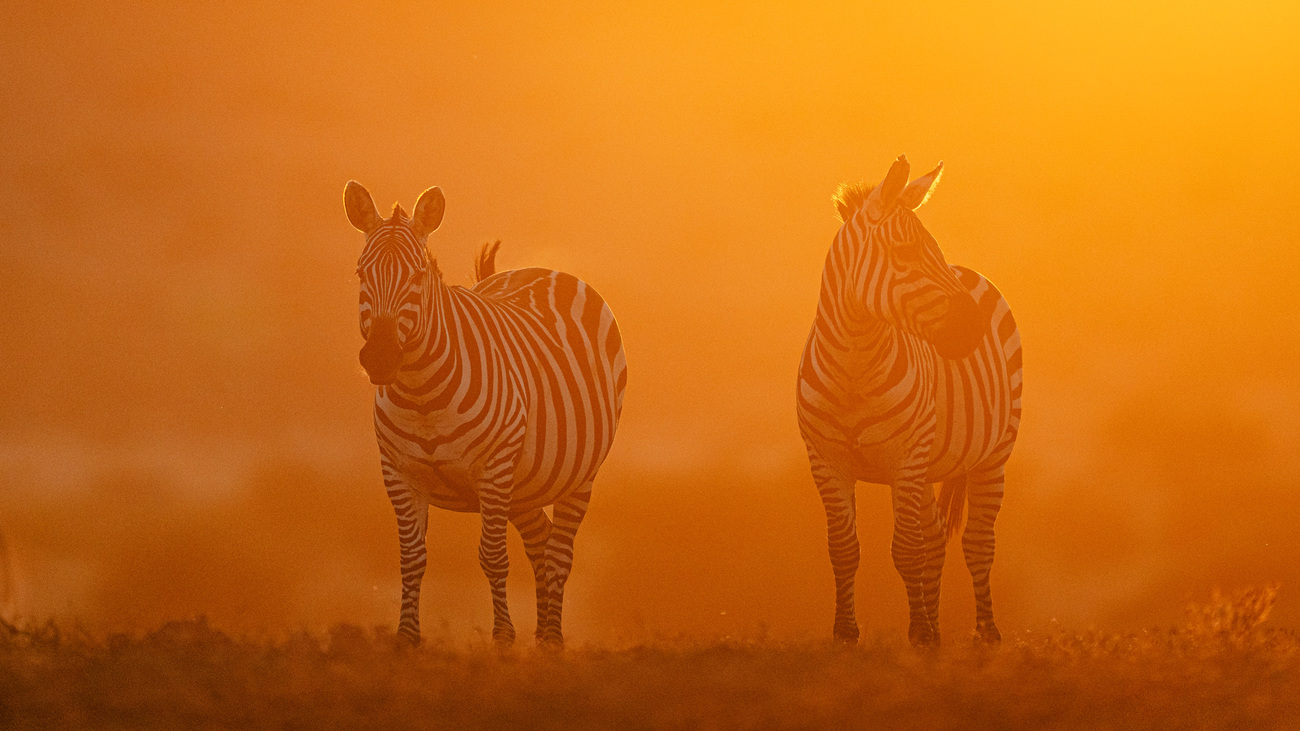
This is why IFAW is working to promote coexistence between people and wild animals through context-specific, inclusive solutions that embrace Indigenous and scientific knowledge. As part of IFAW’s Room to Roam initiative, we support various actions ranging from practical technical measures and behavior centred education to sustainable livelihood practices and policy advocacy.
In Kenya, the Jenga Mama project provides women and girls with tools to set up successful microenterprises to generate sustainable incomes for their families and communities. The Inua Kijiji project empowers Maasai women to earn income through beadmaking and other artistic ventures. IFAW’s scholarship programme educates, empowers, and equips young students, bridging the affordability gap for youth from low income and marginalized backgrounds.
In Zimbabwe, we support an environmental stewardship programme to nurture a sense of ownership and understanding of the dynamics between people, wildlife, and the environment in youth. Primary response teams serve as the first line of defence from and response to conflicts. The Water is Life project enhances people’s access to water, thus reducing conflict with wildlife. Predator-proof bomas safeguard penned cattle, attractants of predators such as lions and hyenas.
In Malawi, IFAW encourages communities to install beehives to both deter elephants from entering villages and earn income through honey production. In South Africa, IFAW helps to establish routes for elephants to move freely without coming into contact with humans. In Zimbabwe, we have also supported the relocation of lions from areas experiencing human-wildlife conflict.
Understanding human-wildlife conflict helps us to prevent it. Here are definitions and examples of the terms commonly used when discussing human-wildlife conflict and the means of mitigating it.
Attractants
In reference to predator species, such as bears, wolves, or big cats, attractants are things that may cause them to get close to human settlements. One example is feeding pets outdoors. Avoiding attractants is a good way to prevent human-wildlife conflict with predator species. Attractants like meat, nuts, and oils are also purposefully used in traps as a means of lethal control, which is an inhumane way of managing human-wildlife conflict with predators.
IFAW promotes coexistence with predator species like lions, hyenas, wolves, and coyotes rather than the use of lethal control. We’re advocating for the use of humane methods for preventing conflict between humans and predators, rather than lethal control.
Coexistence
Scientists define coexistence with wildlife as a ‘dynamic but sustainable state in which humans and wildlife adapt to living in shared landscapes.’ Coexistence with wildlife and the prevention of human-wildlife conflict can become possible through conservation programs and community engagement.
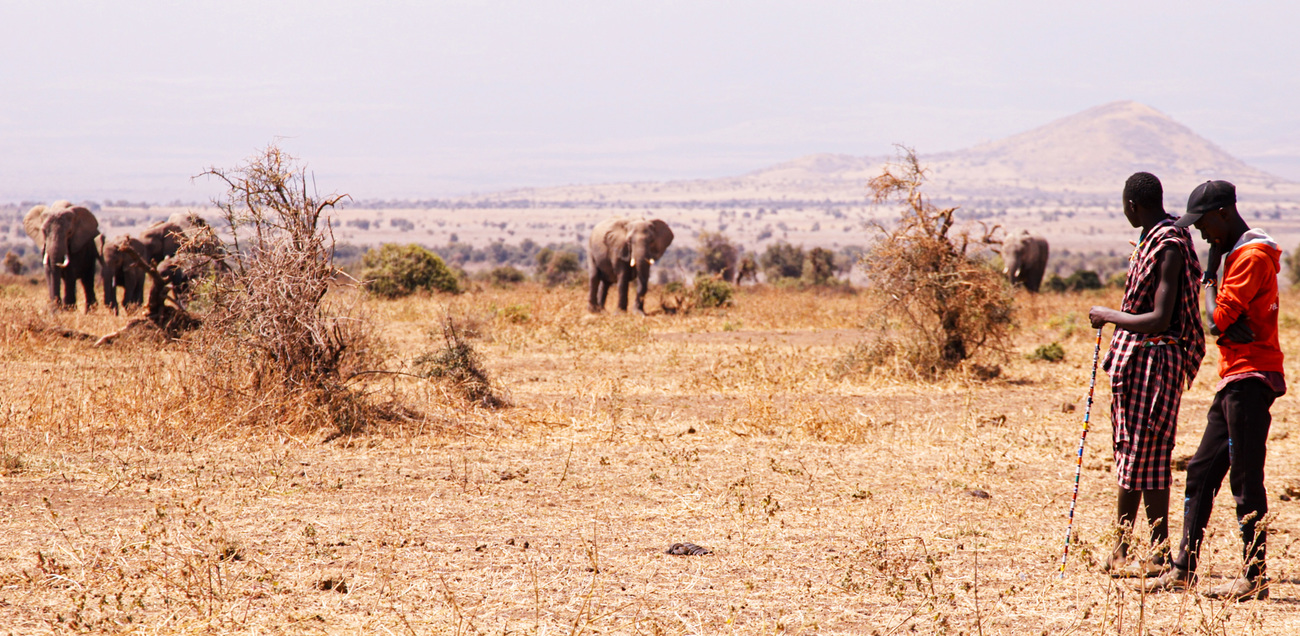
Community conservation model
Community conservation models are participatory frameworks in which Indigenous People and Local Communities are the primary agents managing and protecting natural resources, leading to win-win socio-economic development and biodiversity conservation outcomes. They are designed to promote social empowerment, provide livelihood opportunities, prevent human-wildlife conflict, and enhance the protection and restoration of biodiversity.
Community engagement
In conservation, community engagement is the process of working with groups of people who live alongside wild animals to collaboratively address socio-economic and environmental issues, leading to sustained coexistence of people and wildlife. These actions promote participation, inclusivity, transparency, and people-centred decision-making. Community engagement embraces and upholds traditional knowledge, innovations, and practices of local communities that are relevant for conservation and sustainable use of biodiversity.
One example of successful community engagement is IFAW’s work with coastal communities in Kenya, helping them to protect marine ecosystems by supporting specialized trainings, diversifying community livelihoods, and improving waste management.
Crop raiding
Crop raiding is the act of trampling or feeding on crops by wild animals, which can damage or destroy them. Crop raiding is one form of human-wildlife conflict, as it can affect people’s livelihoods and provoke retaliatory killings, which endanger both animals and people.
In Kenya, for example, severe droughts cause giraffes to wander into human settlements in search of water. They’ll often raid mango crops and sometimes find water reserved for livestock. Seeing their livelihoods under threat, farmers may use dangerous methods to deter or keep them out, including snares, spears, and pits that often result in the giraffe’s injury or death.
Wildlife rangers and primary response teams are crucial in the prevention of human-wildlife conflict. One technology rangers can utilise towards this goal is the EarthRanger app, which sends alerts when collared elephants are approaching communities.
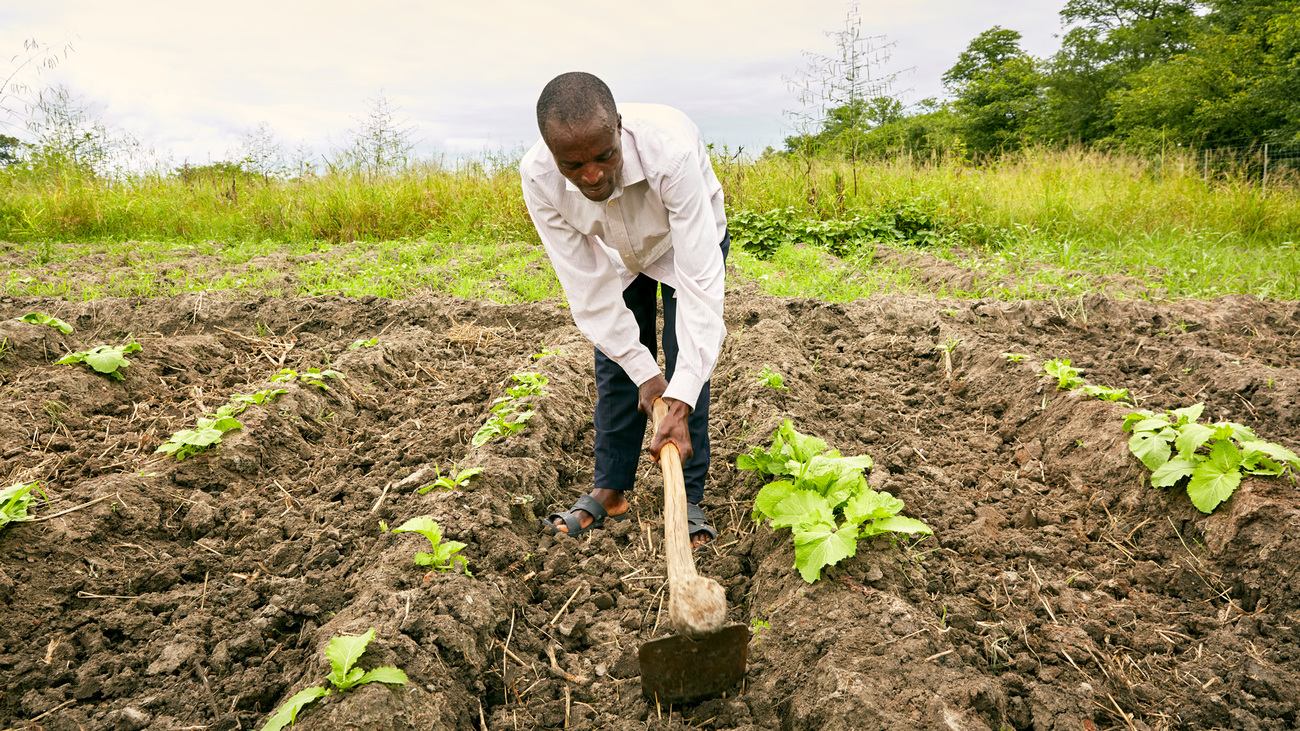
Culverts
Culverts are human-made structures that channel water past obstacles or to subterranean waterways. Culverts can be an important tool in solving human-wildlife conflict between people and beavers. The natural behavior beavers exhibit in building dams can cause floods that damage property or cause harm to people in other ways. To prevent this, beavers are sometimes killed or trapped. However, beavers are crucial to their ecosystems, as their dams create habitats and water sources for many other species. Instead of harming beavers, we can build culverts around their dams that prevent flooding by redirecting water flow.
If not properly designed, culverts can result in injury or the separation of young animals, such as elephants, from their mothers if they fall in and are not able to get out.
Defensive behavior
Defensive behavior refers to the responses exhibited by an animal in response to feeling threatened by a human or another animal. An animal’s response to a threat may involve playing dead or running away, but it may also trigger aggressive behavior. Some animals may become aggressive if they feel threatened by humans, which is why you should never try to approach a wild animal with the intent of touching, harming, feeding it, or taking a close-up photo. Defensive behavior from the largest of grizzly bears and the smallest of bees can be dangerous for humans.
Hippos are particularly territorial animals known for aggressive defensive behaviours. When humans get too near to hippos or their habitats, confrontations can often turn violent for both parties.
Deterrence devices
In the context of human-wildlife conflicts, deterrence devices (also called deterrents) are objects that discourage or inhibit wild animals from entering human spaces. Common deterrents are acoustic (making sounds), lighting, or chemical-based.
Traditional deterrents such as beating drums, whistling, string and tins alarm systems, throwing stones, burning fires, and scarecrows are widely used by rural communities to mitigate human-wildlife conflict.
Other deterrence measures include barriers—such as beehive fences, which deter elephants from entering human spaces, and modern tech-based alarm and chemical systems.
Encroachment
Encroachment refers to the process where human activities, such as agriculture and infrastructure development, invade and modify natural habitats, including wildlife corridors and dispersal areas, leading to a reduction in the space available for wildlife.
As a result, wild animals are pushed into closer proximity with human populations, causing negative interactions that can affect both species.
To prevent encroachment, participatory land-use planning is key. This is a rights-based approach that actively involves local land users and other stakeholders, including government, in zoning land areas for specified uses such as settlements, crops, wildlife, and grazing.
The creation of rules governing access to land and resources—and having accountable local governance that enforces these regulations and enables collective action—are equally important.
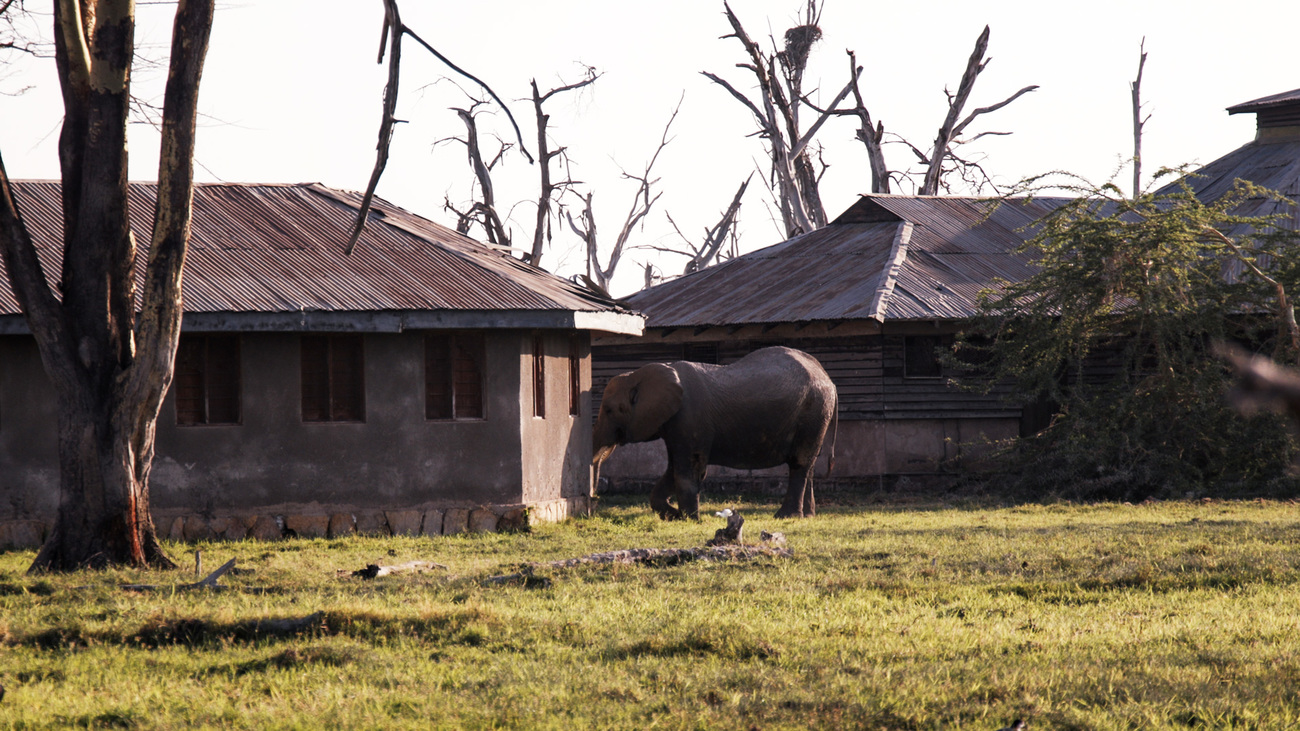
Fladry
Fladry is a type of deterrence device that involves a rope mounted on the top of a fence, which holds strips of brightly colored fabric that are intended to deter wolves. Fladry has been used by farmers for centuries to prevent wolves from preying on livestock.
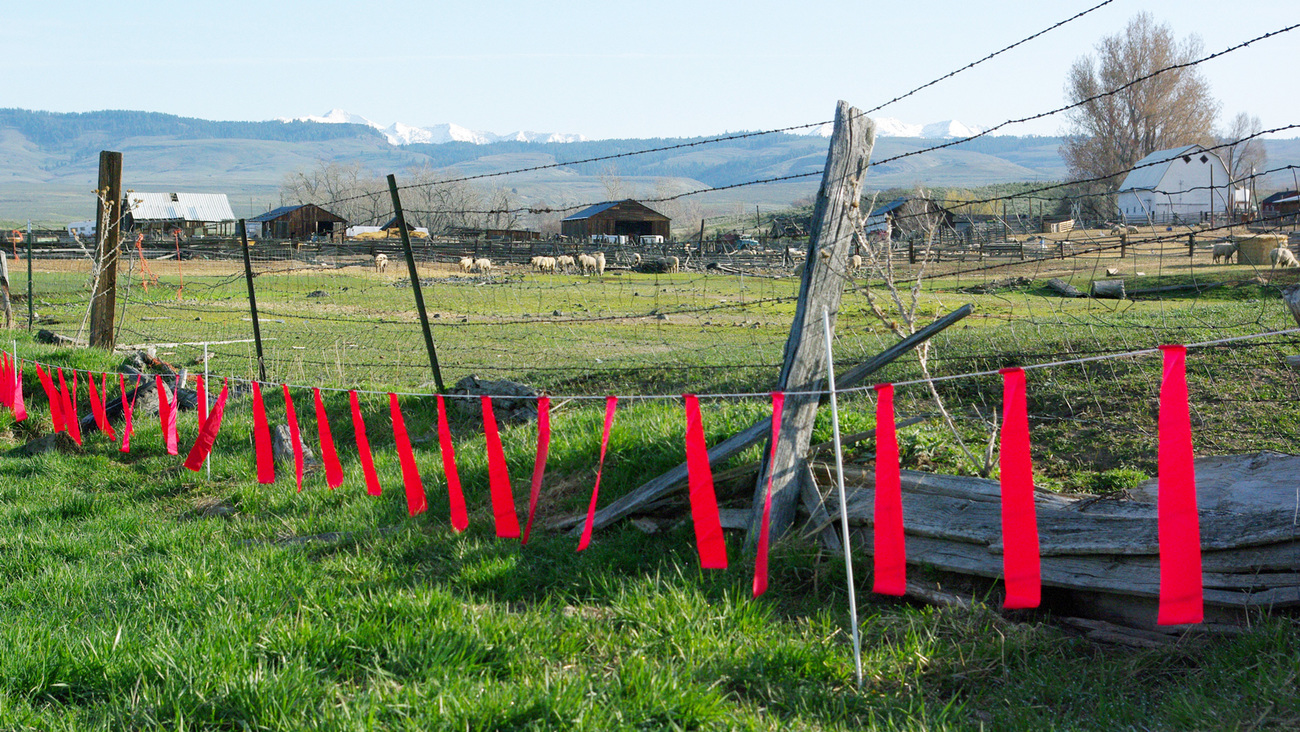
Guardian animals
In agriculture, guardian animals are being employed by a growing number of farmers to protect their livestock from wild predators like wolves. These guardian animals act as deterrents because their presence alone is enough to scare predators away from preying on livestock. Dogs, donkeys, and even llamas can be effective guardian animals.
Human-dominated landscapes
Human-dominated landscapes are landscapes (large areas consisting of many interconnected ecosystems) which have experienced the settlement and development of human societies to such a degree that they are under almost complete human control. In these landscapes, wildlife often struggles to compete with humans for space and resources.
Human security
Human security is a way of understanding the ability of people, communities, and societies to withstand stressors and shocks. Human-wildlife conflict causes insecurity in many communities due to the stress it puts on natural resources.
In some cases, it can affect children’s education. One school in Kenya was closed indefinitely as parents withdrew their children from school over concerns about elephants wandering around the school when the students were in class.
Human-wildlife conflict
Human-wildlife conflict refers to interactions between humans and wild animals that lead to negative outcomes, which are detrimental to both humans’ and animals’ safety and well-being. The most common forms of human-wildlife conflict are crop raiding, property destruction, and simply people and wildlife getting too close, which triggers defensive behaviours that may lead to injury or death of either party. Such encounters foster resentment against wild animals, which are seen as nuisances or potentially dangerous and, as a result, are often killed.
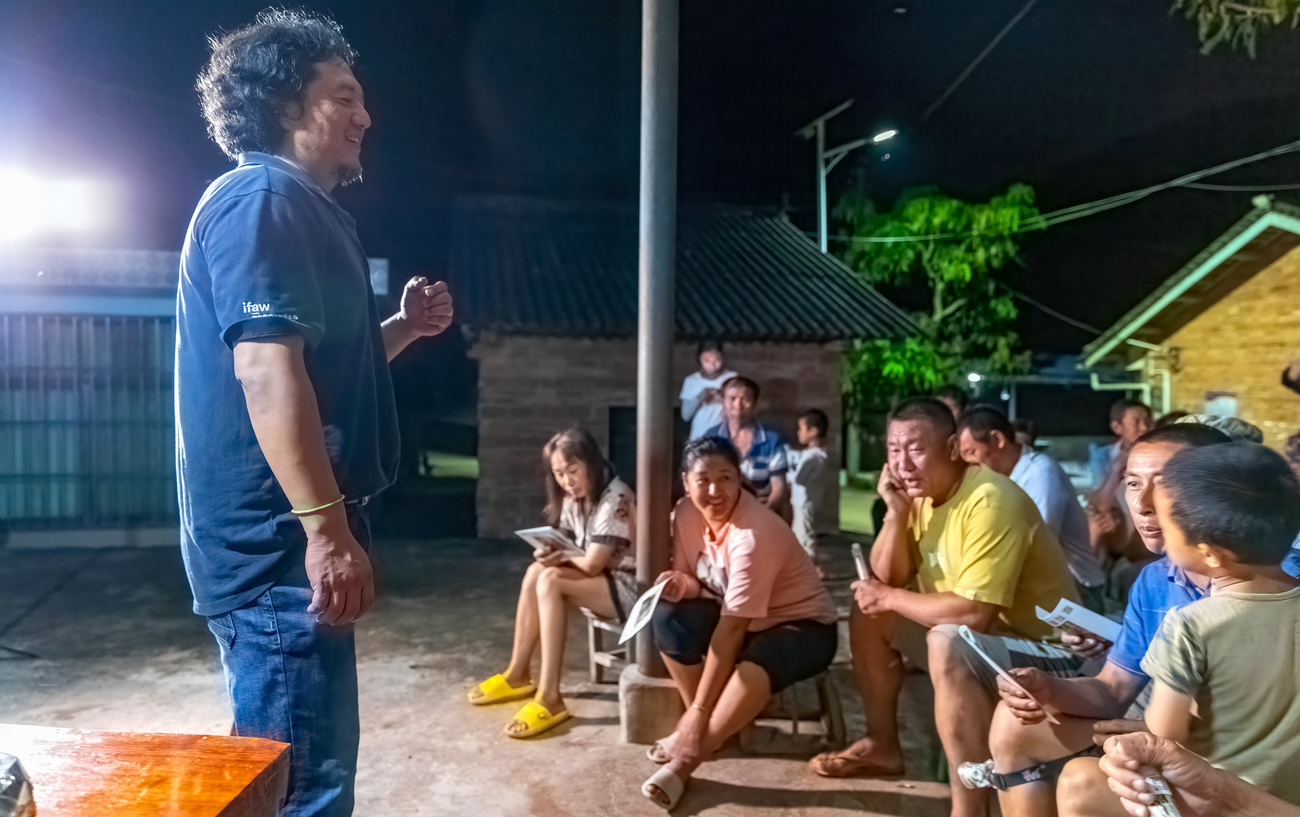
Humane coexistence strategies
Humane coexistence strategies are methods by which leaders and conservationists can manage potential conflict between people and wildlife without using lethal control or inhumane tactics (such as trapping, poisoning, or bounty hunting). Humane strategies may include employing guardian animals or deterrence devices, which allow people and animals to coexist without violence.
In Liwonde National Park, Southern Malawi, IFAW has helped to promote humane coexistence by preventing humans from needing to travel to the Shire river for water, where they could encounter hippos, crocodiles, and elephants. Instead, water is pumped straight to the Chikolongo community, ensuring their access to clean water and providing space and safety for the wildlife. An educational programme also played a major role in creating awareness and providing guidance to mitigate human-elephant interactions. Since this project, there have been no incidents of human-wildlife conflict in the area.
Indiscriminate killing
Methods of lethal wildlife control often involve indiscriminate killing, which is the placement of a poison or trap that will be fatal to any animal that happens upon it, regardless of whether they are the target species of the control. Traps, snares, and poisons can even injure pets and people, too.
Lethal control
Lethal control is the use of traps, snares, poisons, and other deadly methods to control a population of wildlife that is believed to pose a threat to people, livestock, or agriculture. Lethal control methods are dangerous (not just to wild animals), indiscriminate (often killing animals that aren’t the target of the control), and often ineffective compared to humane coexistence strategies.
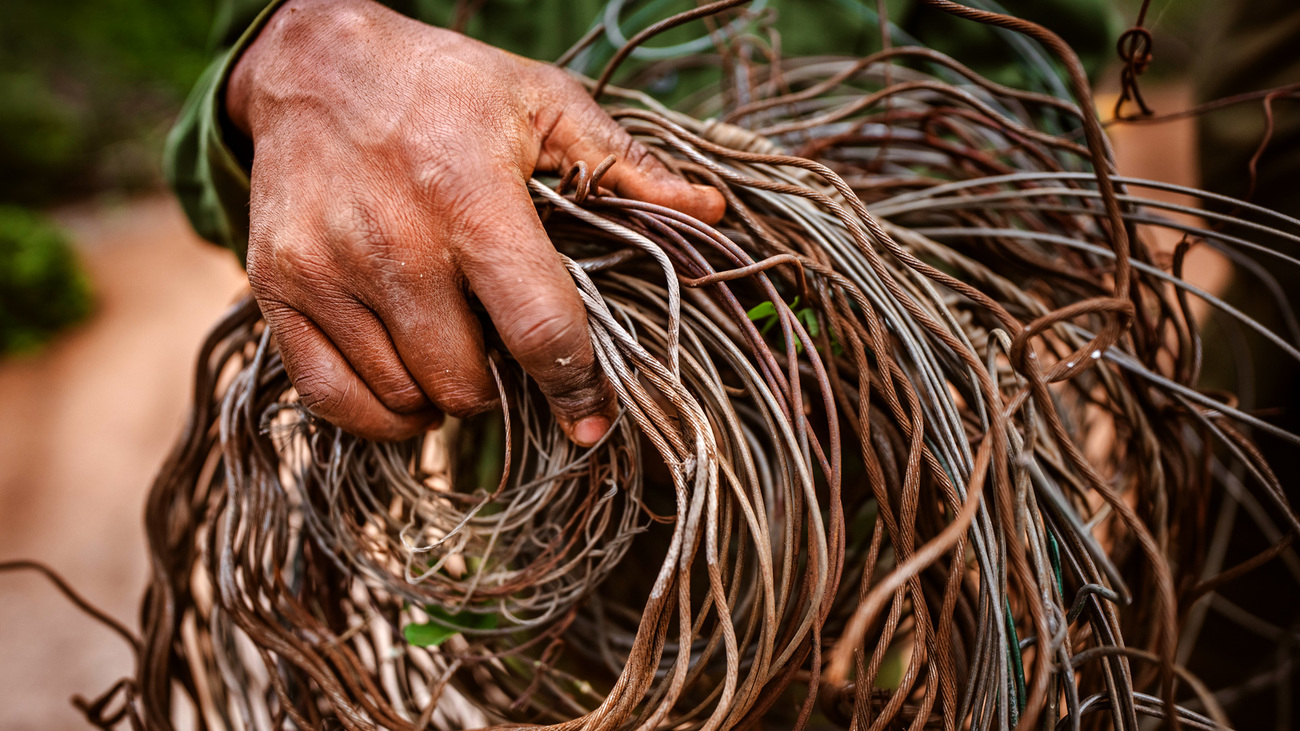
Livelihood
A person’s livelihood is how they make money and support themselves and/or their family. Some livelihoods are impacted by human-wildlife conflict. Farmers often experience conflict with wildlife who may raid their crops or prey on their livestock.
At IFAW, we work to support wildlife-friendly livelihoods, enabling people to support their families while also protecting the natural world. Our support at the Kitenden Community Wildlife Conservancy in Kenya has helped the local Maasai community transform a degraded area in Amboseli National Park into a wildlife haven. The conservancy protects elephants and the landscape, while generating economic benefits for the community through tourism, employment, and leasing fees.
Mitigation
Mitigation of human-wildlife conflict refers to any measures that reduce the impact of conflict after it has occurred. Effective mitigation brings different elements together, including community-inclusive practical solutions, policy advocacy, capacity building for response teams, and behaviour-centred educational programmes.
The opening of the David Rio Community Ranger Base in the Illaingarunyoni Conservancy, northwest of Amboseli National Park, Kenya is helping to mitigate human-wildlife conflict in the area. IFAW worked with David Rio to provide this base, with furnished living quarters for ten rangers. This provides full-time protection for the conservancy from threats of overgrazing, poaching, and human-wildlife conflict.
IFAW has also supported the Dete Animal Rescue Trust (DART) in human-wildlife conflict mitigation in Zimbabwe. DART works with communities to create safe, predator-proof bomas for cattle and water sources that help people avoid wildlife encounters.
Persecution
Persecution is the killing of wildlife, often as a method of preventing crop raiding, property damage, or livestock predation. Persecution also may occur as a means of retaliation following an attack from an animal on a human or to prevent future attacks.
Protected areas
Protected areas, also called conservation areas, are places that receive special protection due to their ecological and/or cultural importance. These protections include limitations on human presence, extraction of resources, hunting of wildlife, and more. These protected areas help combat human-wildlife conflict by providing suitable habitats for wildlife, preventing animals from entering human communities.
IFAW supports various protected areas, including Hwange National Park in Zimbabwe, where around 83,000 savannah elephants roam freely. Our conservation work here includes strengthening law enforcement, improving ranger welfare, and renovating infrastructure.
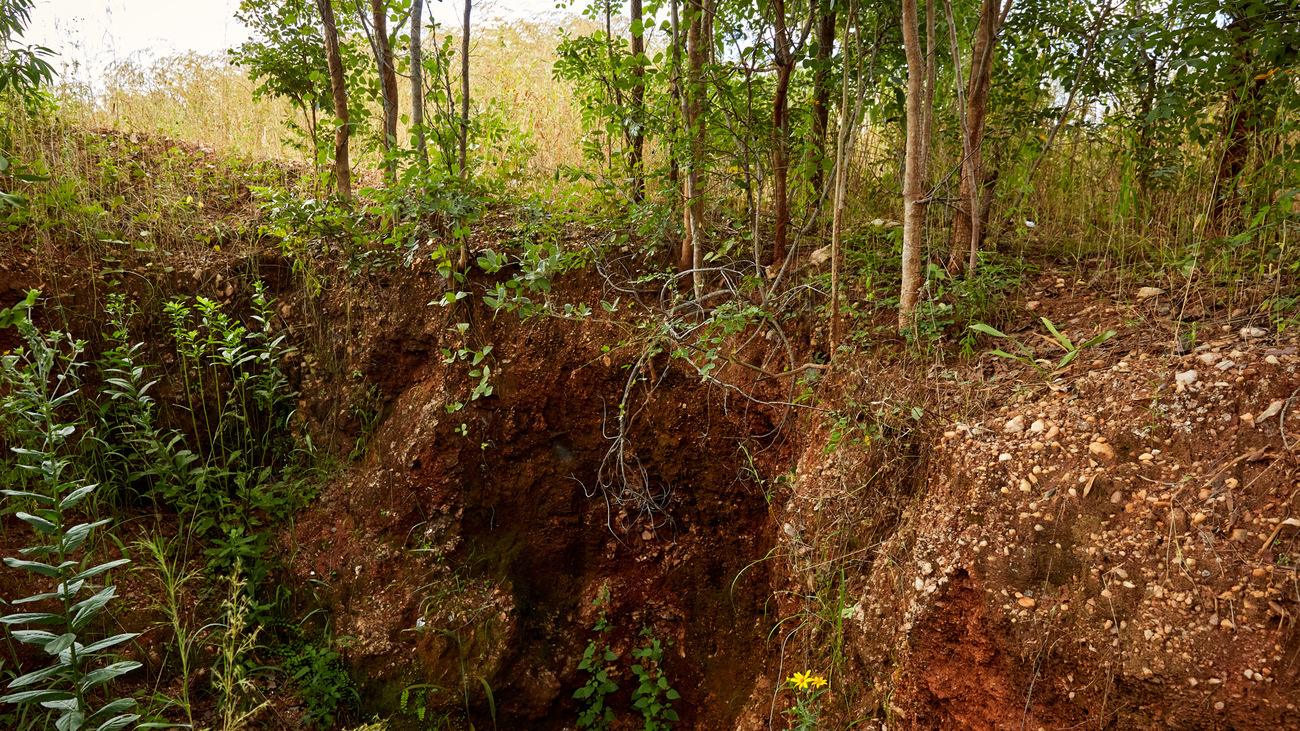
Range rider
A range rider is a type of wildlife ranger. They are a person who, on horseback, patrols an area in which cattle or other livestock roam. Employed by farmers, range riders help protect livestock from predation by wildlife. This is an example of nonlethal control, as it helps manage wildlife populations without harming them.
Retaliatory killing
Retaliatory killing is the killing of an animal out of revenge for an action the animal (or a member of its species) has done, such as crop raiding or livestock predation.
Seen as a pest, baboons are often victims of retaliatory killing in Africa, as they prey on sheep and goats or forage on farms.
Social empowerment
Social empowerment is the promotion of autonomy, self-determination, and direct participatory democracy, considering the beliefs, knowledge, needs, interests, challenges, and opportunities of individuals and communities in regard to the ecosystems they inhabit and use.
In Kenya, the social empowerment of women is key to creating sustainable livelihoods that benefit their families and wider communities. IFAW has teamed up with Margarete-Breuer Stiftung to create the Jenga Mama project, which has provided women in the Amboseli community with vocational skills training. Developing sustainable livelihoods helps reduce reliance on natural resources, thus preventing human-wildlife conflict.
Sodium cyanide
Sodium cyanide is a dangerous chemical used in M-44s, also called cyanide bombs, to indiscriminately kill wildlife. They work by spraying the chemical into the faces of the animals, who are lured in by a sweet-scented bait. This is a means of lethal control, and a federal program in the US known as Wildlife Services has been targeting bears, wolves, coyotes, and beavers with these traps. However, non-target animals, including pets and members of endangered species, have been killed as well. Sodium cyanide is an inhumane method of preventing conflict between wildlife and farmers.
Subsistence farmers
Subsistence farming or subsistence agriculture differs from commercial agriculture, as it is the farming of crops and livestock to meet one’s own needs or feed one’s family/community. Unlike commercial farmers, subsistence farmers often grow local crops with little or no surplus.
Strychnine
Strychnine is a poison used to kill wolves. Each winter, wolves are killed in Alberta, Canada, using strychnine. This poison causes prolonged, painful deaths and is inhumane. It violates the International Union for the Conservation of Nature (IUCN) Wolf Manifesto, which Canada has signed.
Wildland-urban interface
The wildland-urban interface is the zone of transition between unoccupied land and developed human areas. In these zones, humans may intermingle and interact with wildlife.
Wildlife corridors
A wildlife corridor is a strip of land that connects natural habitats of wildlife populations, which otherwise would be separated by human development (agriculture, roads, infrastructure, etc.).
IFAW’s Room to Roam initiative is establishing safe passages for elephants and other wildlife to travel freely throughout their habitats in East and Southern Africa. This allows them to explore and find water and food sources away from human settlements, reducing the likelihood of human-wildlife conflict.
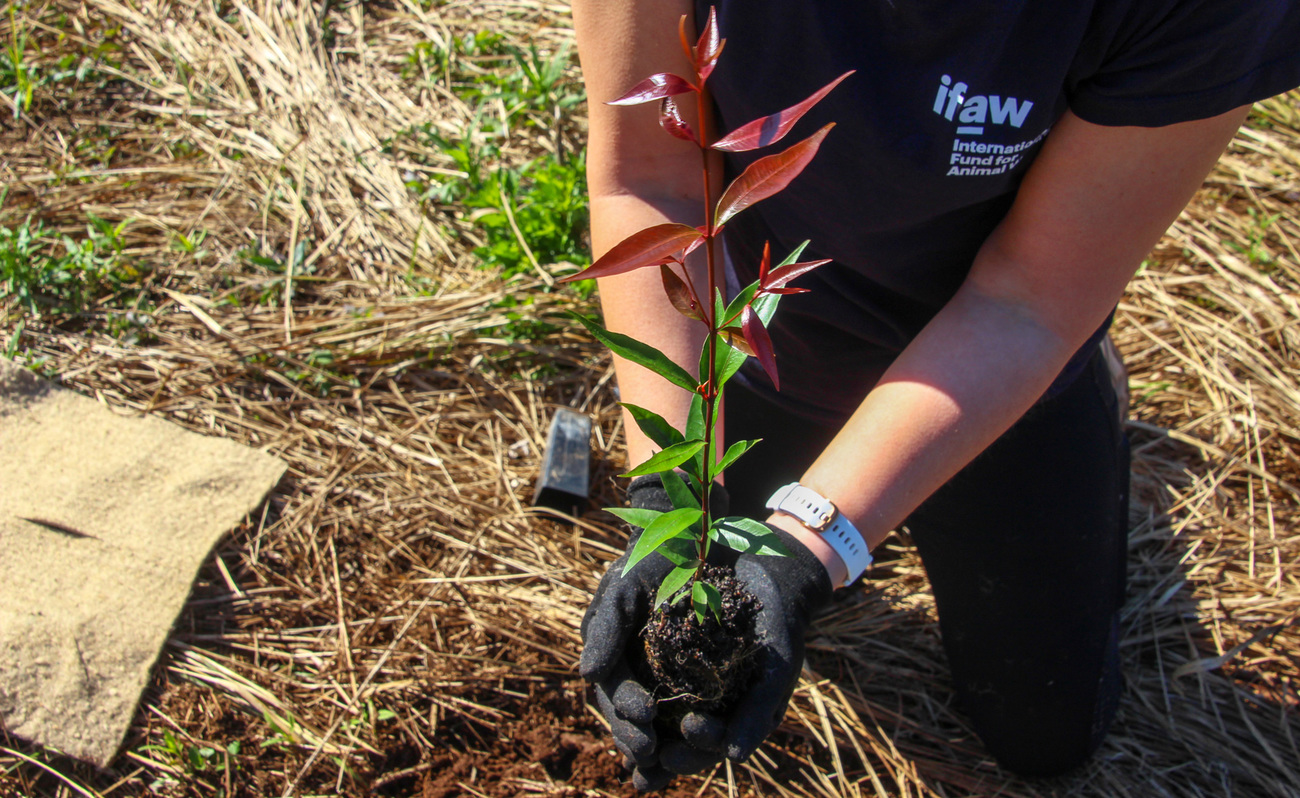
Wildlife management
Wildlife management is the process of influencing the interactions between wildlife and people. Wildlife management often has the goal of preventing human-wildlife conflict. It can employ inhumane, lethal control methods, or it can use humane coexistence strategies.
Zoonotic disease
Zoonotic diseases are infections that spread between people and animals, caused by viruses, bacteria, parasites, and fungi. Interacting with wildlife can spread deadly diseases to them, or they can pass diseases onto humans.
Unfortunately, zoonotic diseases often arise out of the exploitation of wildlife and natural resources, such as wildlife trafficking and markets. Evidence suggests that biodiversity is key to preventing the spread of zoonotic disease and therefore should be protected to prevent public health crises.
Related content
every problem has a solution, every solution needs support.
The problems we face are urgent, complicated, and resistant to change. Real solutions demand creativity, hard work, and involvement from people like you.